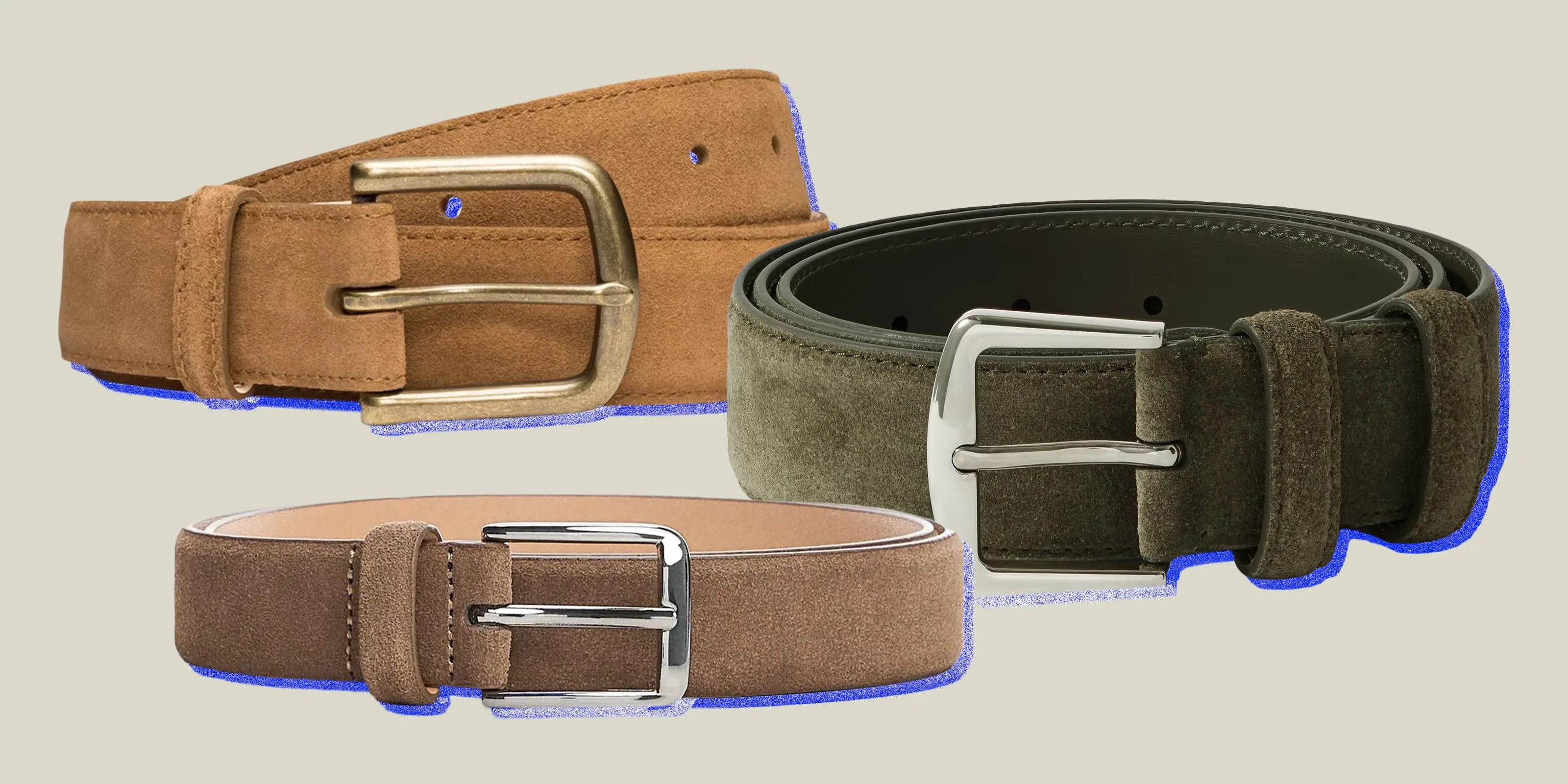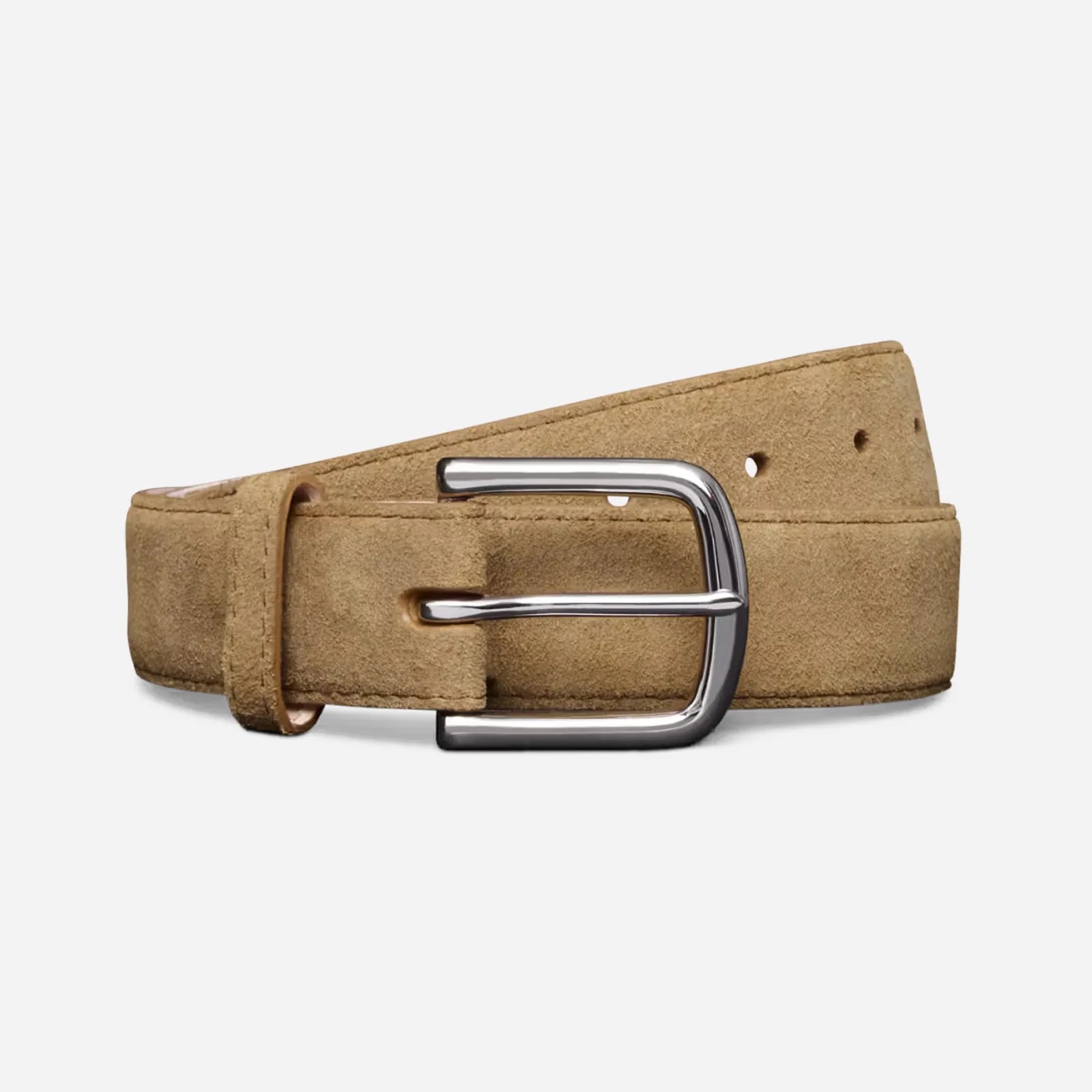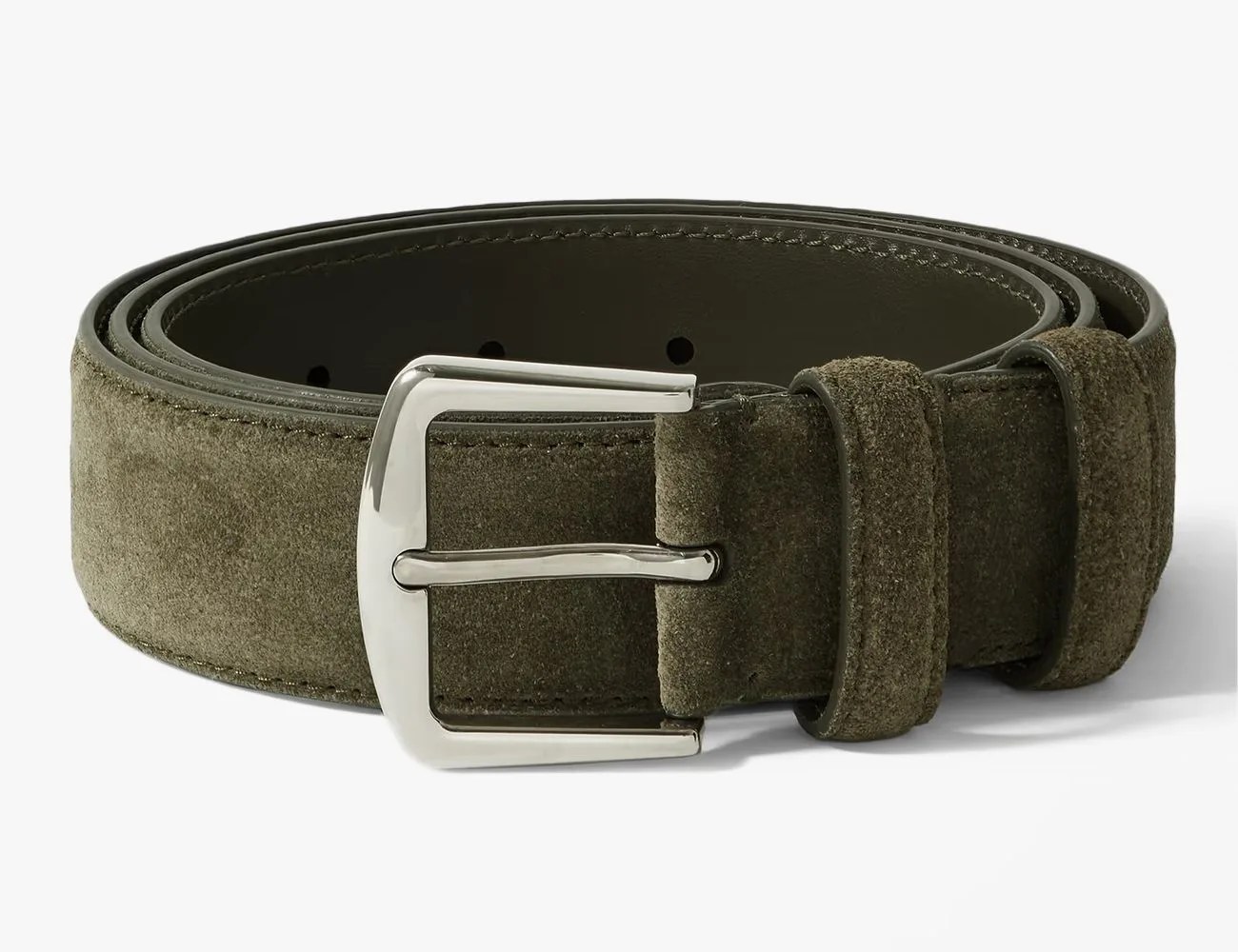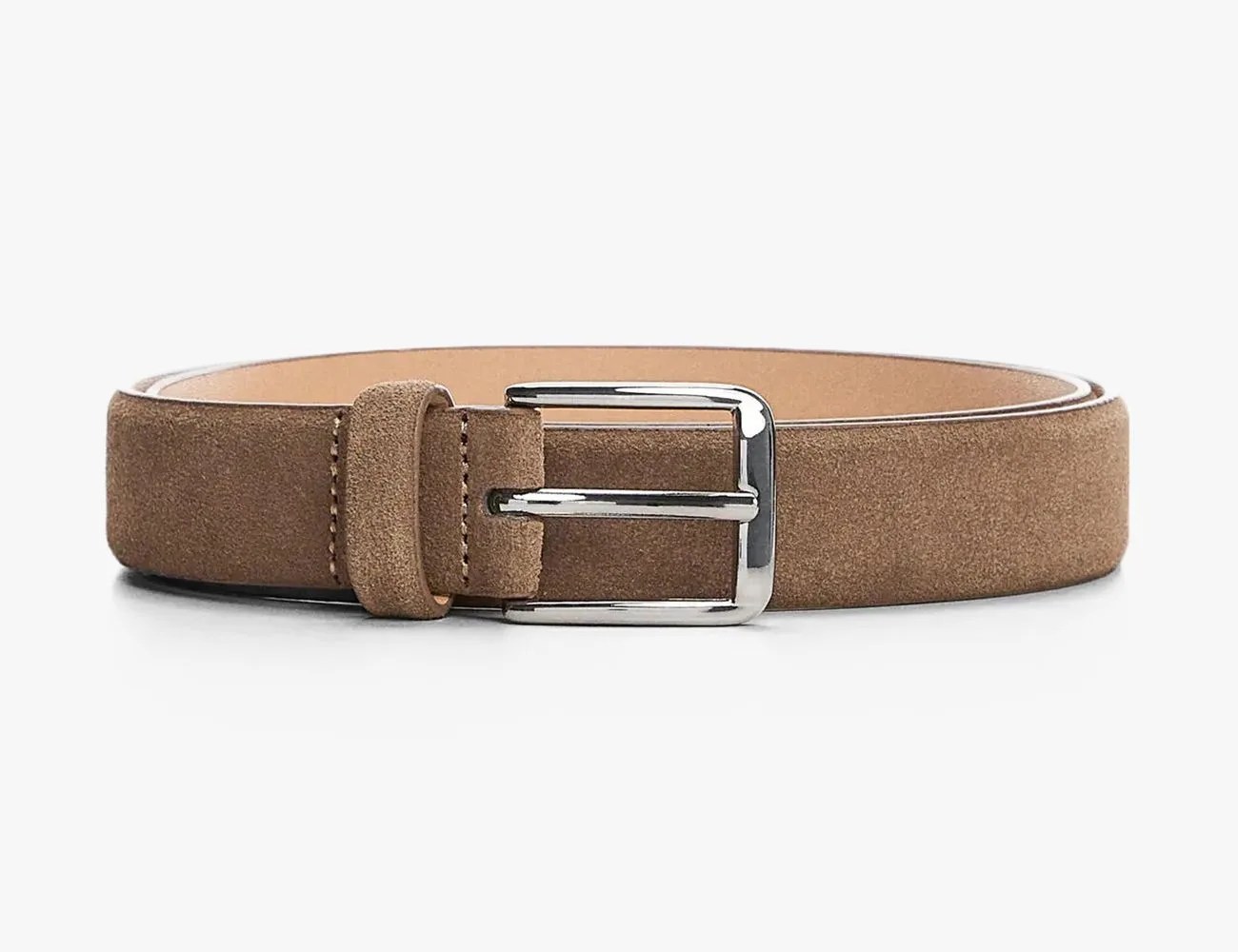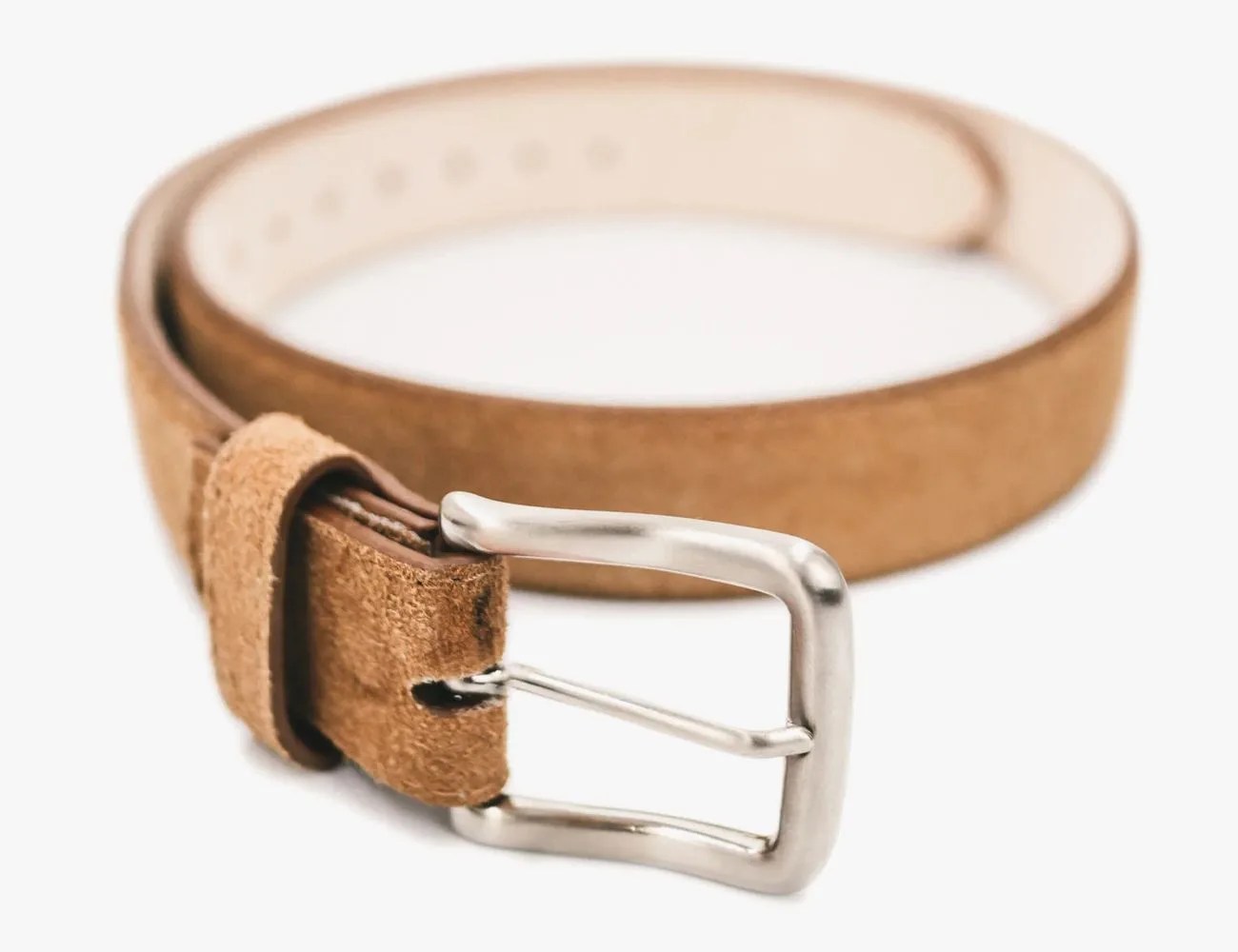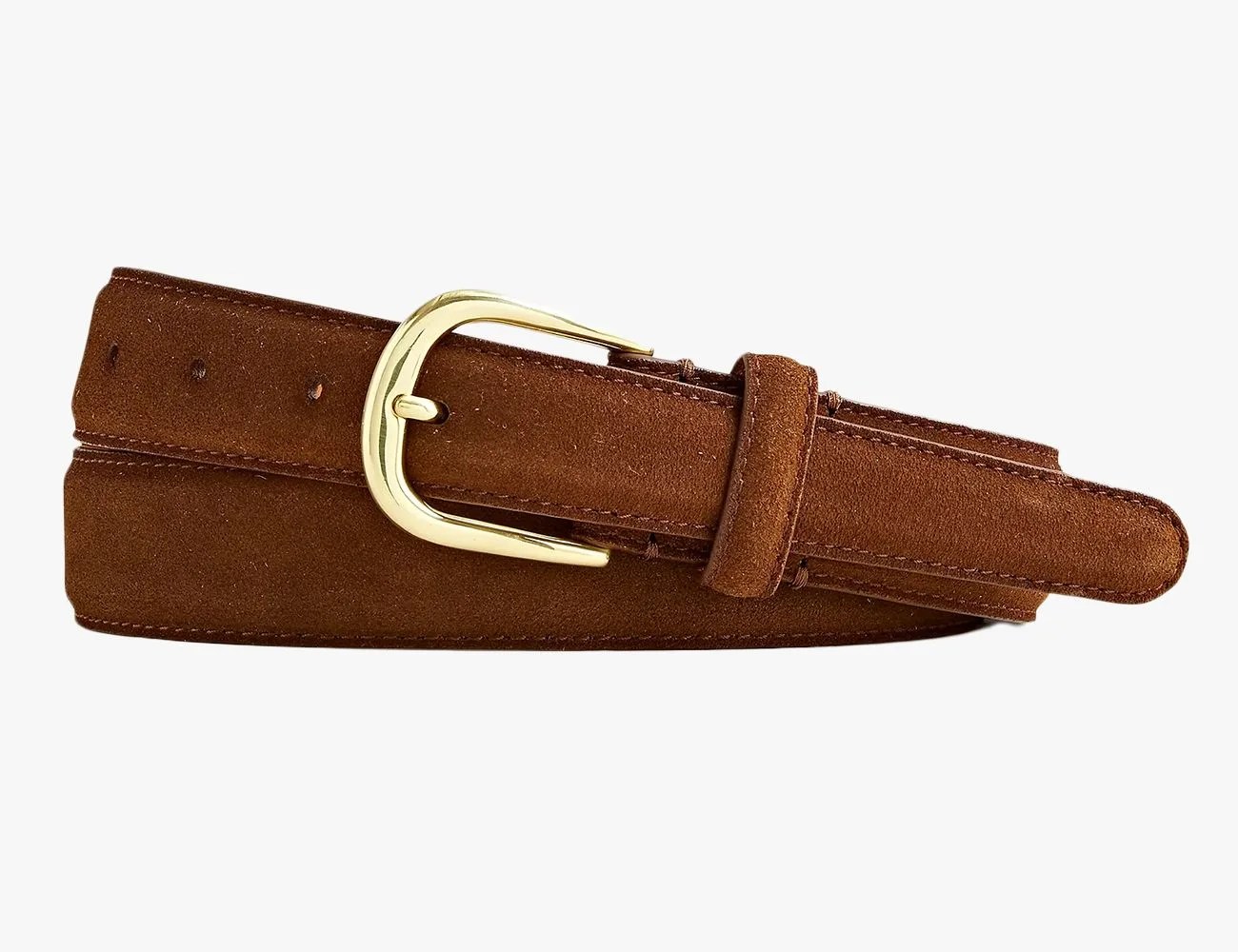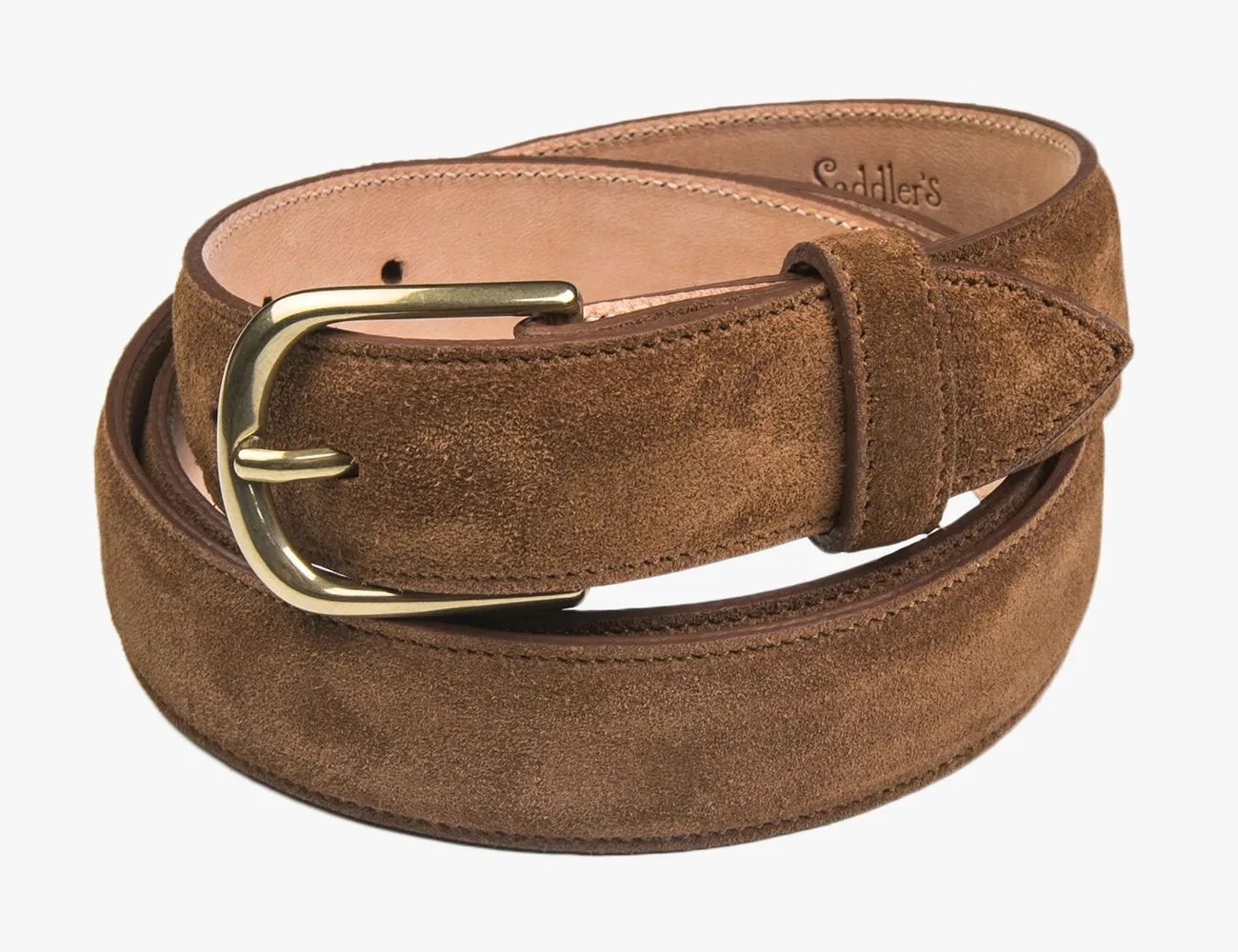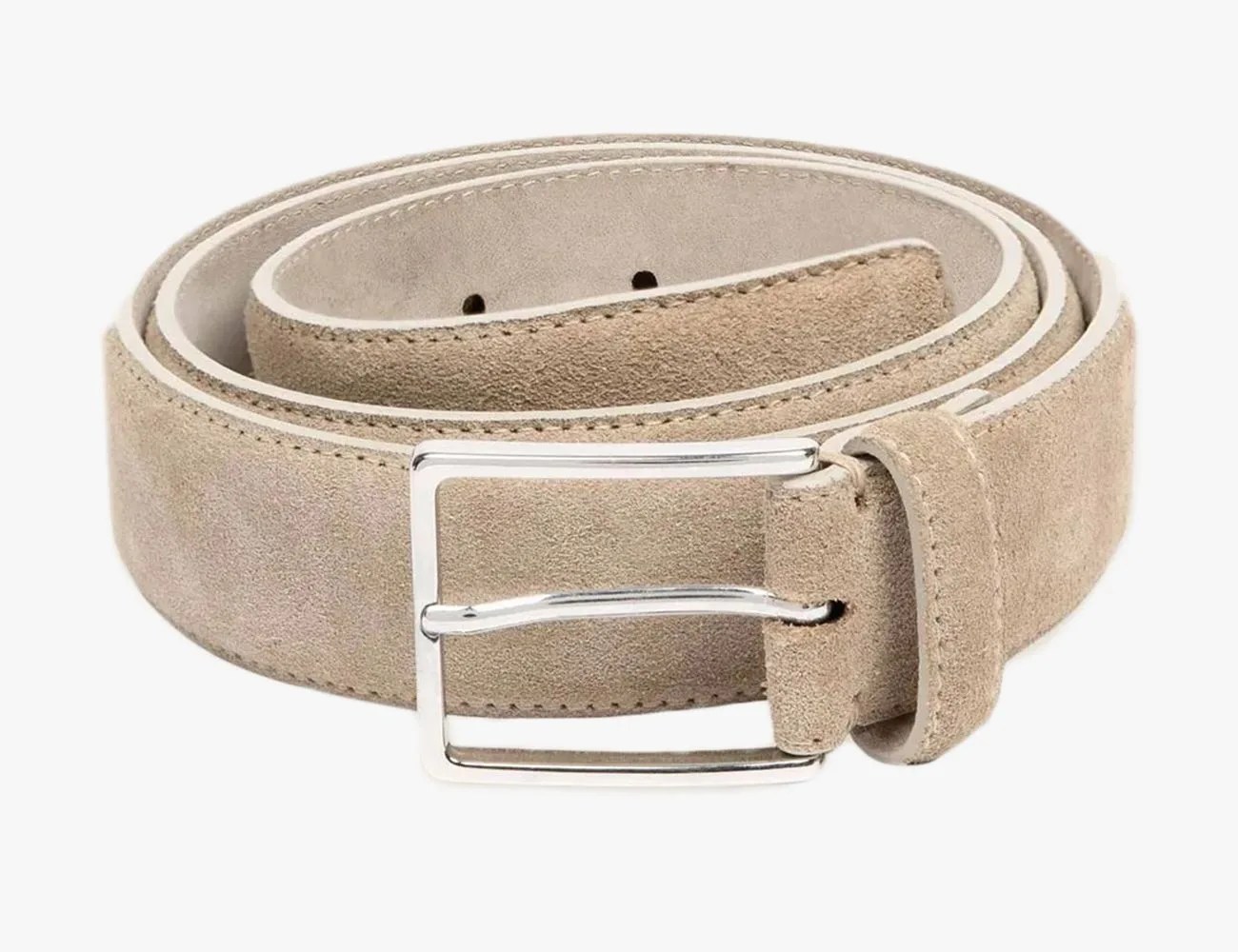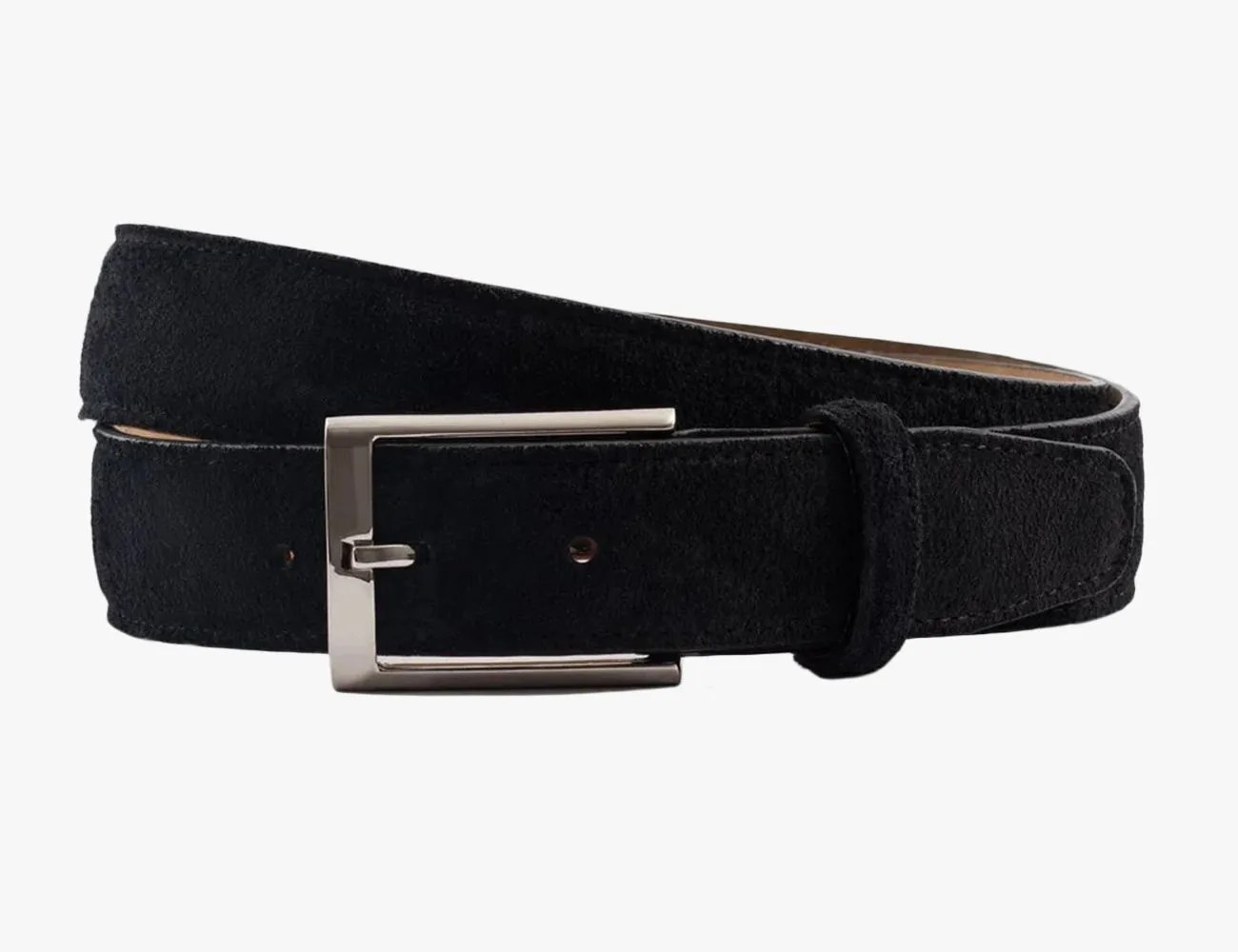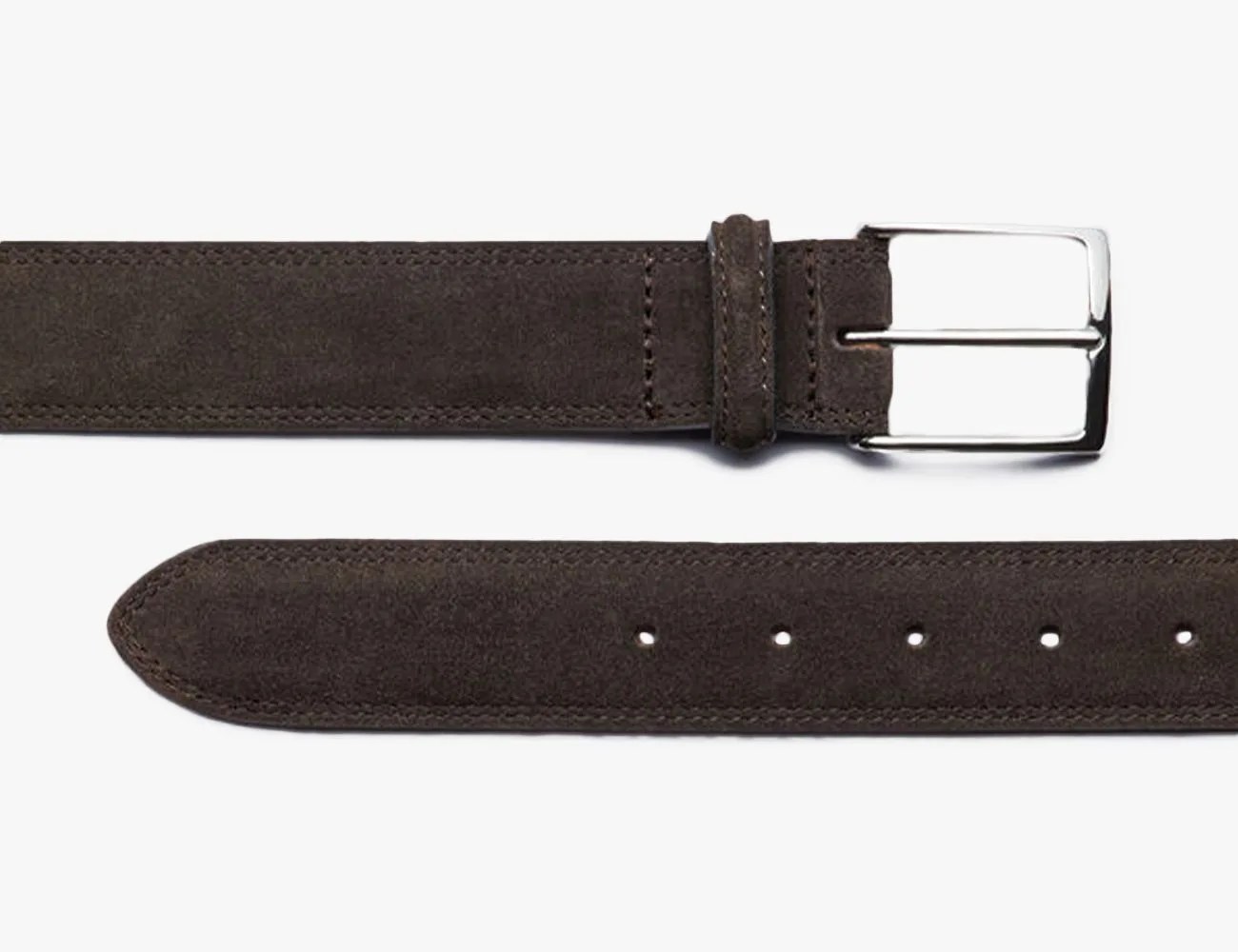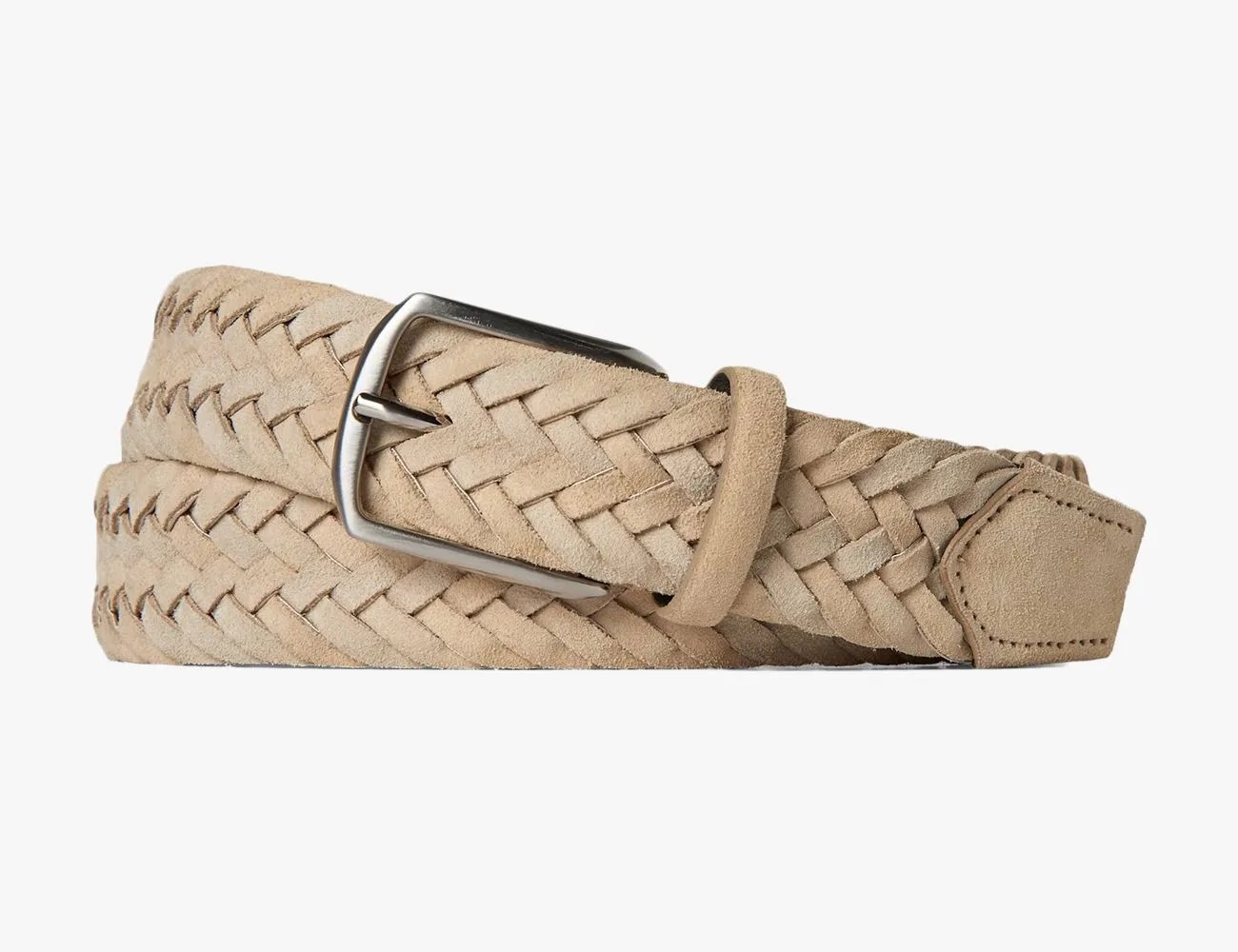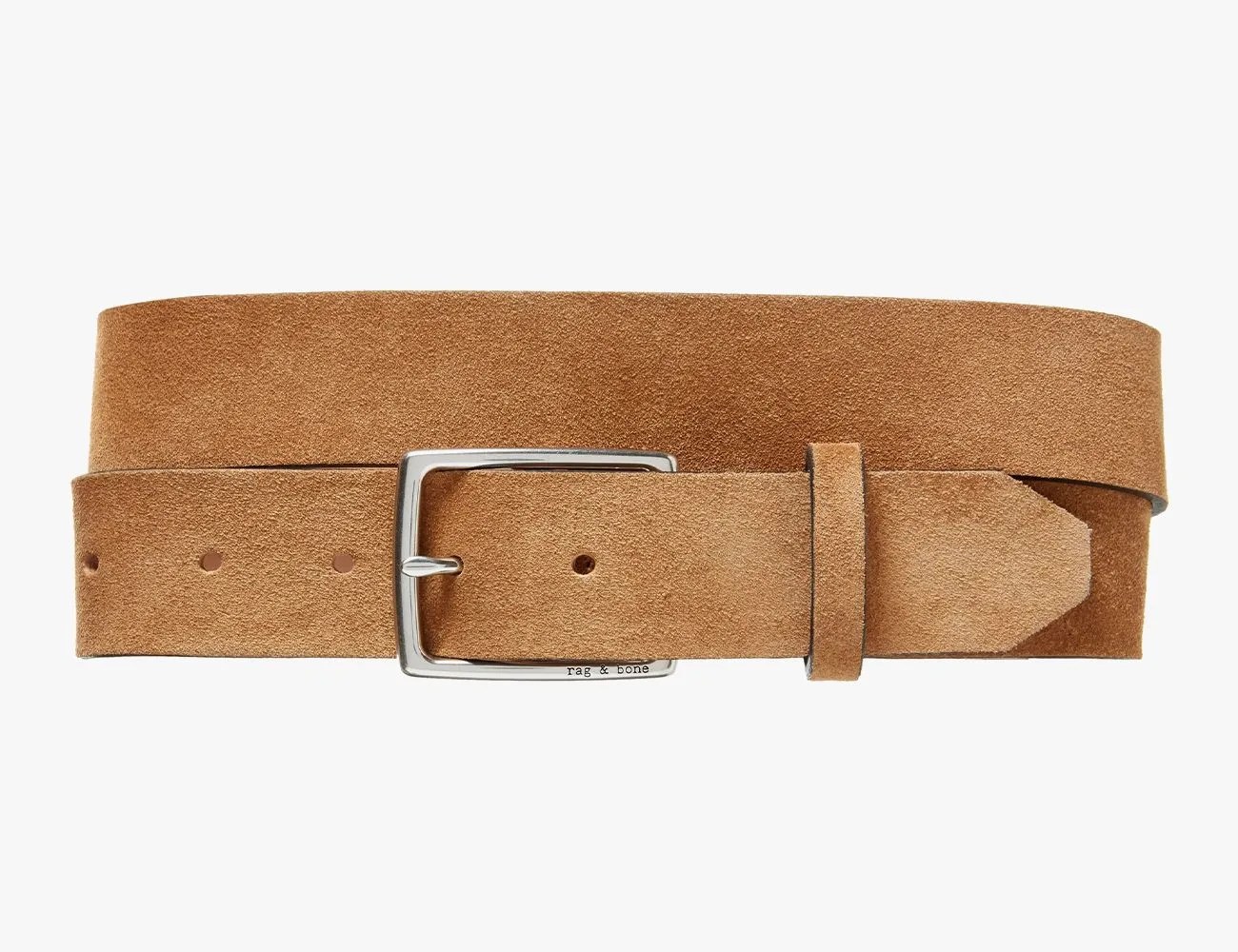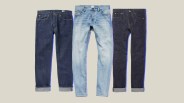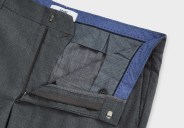Belts do more than simply keep your pants up. Sure, that’s no small task, especially if your pants are a little big, but they’re meant for more than that: Belts tie an outfit together, no matter whether you’re wearing a made-to-measure suit or a T-shirt and jeans.
But certain belts work better on certain occasions, any good stylist can confirm. So, when’s the right time to wear which type, you ask? Generally, you can wear whatever belt you want, whenever you want, so long as your shirt stays untucked.
Once you tuck your shirt in though, you let the world in on what’s hiding underneath: in this case, that’s your belt. As such, when the shirt’s tucked in, you should be more cautious about wearing a stuffy dress belt with tatty vintage jeans — and vice versa. A suede belt, however, works in almost any setting: when dressed up for a friend’s wedding or working at your bench. Here’s why and which we stand by.
Products in the Guide
-
Tecovas Suede Belt
Read more -
Loro Piana Suede Belt
Best Upgrade Suede Belt
Read more -
Mango Suede Belt
Read more -
Chisos Roughout Belt
Best Roughout Belt
Read more -
J.Crew Italian Suede Belt
Read more -
Saddler’s Dress Belt
Best Japanese Suede Belt
Read more -
Luca Faloni Classic Suede Belt
Read more -
Beckett Simonon Nelson Belt
Easiest Belt to Pair with Suede Shoes
Read more -
Charles Tyrwhitt Suede Belt
Best Made in England Suede Belt
Read more -
SuitSupply Braided Belt
Best Braided Suede Belt
Read more -
Rag & Bone Suede Belt
Read more
What to Consider
Belt Widths
Most belts are between 1.25 and 2 inches wide. Generally, formal belts are slimmer while casual belts are bigger — but these rules are oft broken if you dress more avant garde or Western.
Most jeans, for example, can’t accommodate a belt wider than 1.75 inches — that’s as wide as the belt loops are. Dress pants, on the other hand, often have tighter loops, which makes even a 1.5-inch belt feel tight.
